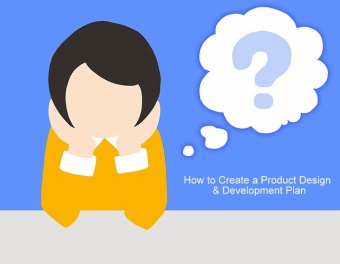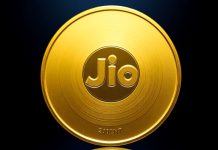The main aim of creating the product design and development plan is to provide all the new product development details to the investors and relevant stakeholders. In this section, you’ll have to describe the product details, development and production process, marketing and a brief introduction of the Company. At the end of this section, you’ll also have to create a development budget plan that will enable your startup business to reach its goals.
In the product design and development planning, you will also have to cover three different areas such as
- Product Development
- Market Development
- Organizational Development
Before working on this, you should examine these plans from the funding point of view because it can affect your future income. However, each element in the plan is based on its structure and goals, so these elements will be supposed to differ in nature. Here are the five easy steps to create a solid product design and development plan for your small business.
5 Steps to Creating a Product Development Plan

1. Define your Goals for Product Development
Product development process starts from defining product development goals. To set goals, you need to visit the market, check market/customer competition and do an analysis. After this, you will be able to set goals for your product development. These goals will create a base for your market and organisational development.
While developing goals, keep in mind that your goals should be quantifiable and feasible. You’ll also have to make sure that your goals should address the technical and market aspects. In this way, your team will be able to coordinate better and come up with an excellent output.
At the same time, organisational goals should also focus on the acquisition of expertise (technical and experienced employees’ team) that will work to attain the product & marketing development goals.
If you successfully create quantifiable goals, then it means you can easily meet these aims in predetermined time and also can promote your business up to the next level.
2. Develop Procedures
Before you develop procedures, you need to make your different teams that are supposed to be experts in product and market development. To succeed, you should identify the expertises which are required for the development process. After successfully highlighting the required expertise, you need to recruit the right personnel that have the right skills. Once you’re done with recruiting, integrate them into product development process.
After that, you’ll have to develop procedures to reach goals. All you need to categorize your goals into short objectives and tasks. Assign these short tasks to relevant teams. These objectives and tasks should be in the form of assignments that need to be completed in a particular time.
While developing procedures, you’ll also have to address different questions such as
- How will resources be allocated to different team members?
- Who will be the responsible for his assigned tasks and objectives?
- How will team members communicate and interact with each other?
Remember, assignments will not cover the topics such as what will be the product development process stages or how teams will coordinate with each other. To add these topics, you can amend the assignments rules and regulations for the team as well individual tasks.
After successfully creating procedures and assigning tasks, the next stage is setting the time limit in which teams will deliver their final products and these finished products will go for testing purposes. There are three steps; you should follow before you make final product delivery. These steps are as follow:
- Preliminary product review
- Critical product review
- Final product review
3. Scheduling
Scheduling is considered to be the most important section of product design and development plan. The main of aim of creating the schedule is to establish the time frames to complete the assigned work and final product must be passed before the deadline.
Scheduling includes all the timetables, key work elements and stages that must be passed for final customer delivery. While creating a schedule, tied your schedule with product development budget, in this way, you’ll able to track your expenses.
4. Estimate Budget / Costs
In this step, you need to create a development budget. While building a development budget, all costs and expenses must be calculated that are required for product design and production. Here are some general costs which are often calculated in most of the development budgets.
- Material costs
- Direct Labor
- FOH (Factory Overheads)
- Administrative costs
- Marketing, sales and promotional costs
- Miscellaneous costs
- Capital equipment
5. Assessing risks
Assessing risks is the last step of product design and development process. There are different numbers of risks associated with the process and your product development plan should address these risks. In development stages, risks may be related to the product and market developments, personnel requirements and financial constraints.
By overcoming the risks, you can create a good product design and development plan. In this way, you can also run your product development process flawlessly and gain investors’ confidence.
Now, let’s back to the startup business plan to write an operational management plan.
















